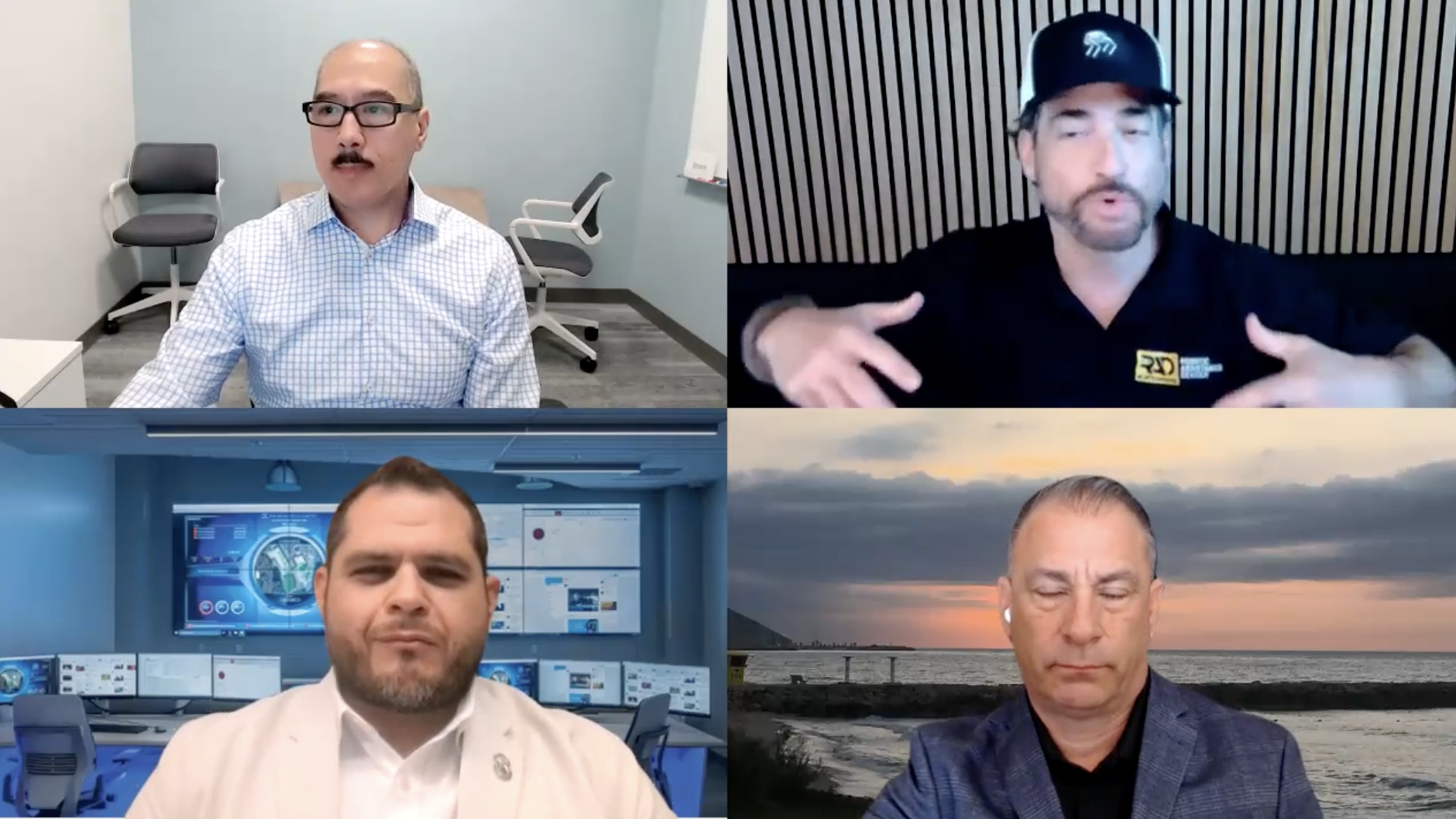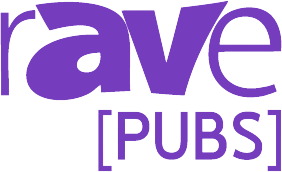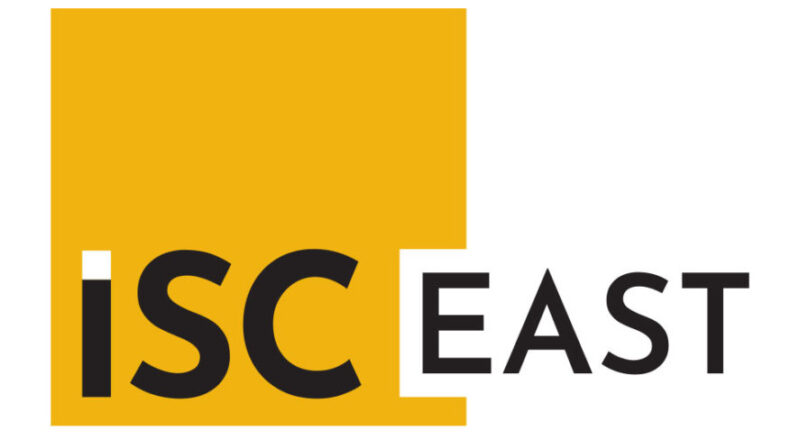Selling AI Security Technology: A SIA Event Recap

The Security Industry Association (SIA)’s Autonomous Solutions Working Group recently hosted a series of free virtual town hall events focusing on key artificial intelligence (AI) topics. The third town hall explored equipping security directors for the internal sale of new technology, with advice from industry professionals on how security practitioners can advocate for the application of new technologies such as AI-powered solutions.
The speakers included Michael Marin of Dexcom, Damian Torres of Thermo Fisher Scientific and Brian Tuskan of ServiceNow. Steve Reinharz, chair of SIA’s Autonomous Solutions Working Group and CEO of Artificial Intelligence Technology Solutions, served as moderator.
In order to be successful at in-house selling, both Marin and Torres agreed that understanding the concerns of the audience and incorporating them into the sales pitch is crucial. “Speak C-suite. C-suite is worried about finance, C-suite is worried about certain things, you have to understand what those necessities are and how to hit them,” said Marin.
Torres added that it is essential to present a logical value proposition that is tailored to address the concerns of decision-makers. He also advised taking into consideration how proposals may be perceived by employees — technologies that could be viewed as too invasive won’t be approved.
The experts also noted that the private sector is generally inclined to be more open to newer, “risker” technologies, as the private sector understands the importance of taking risks in order to be innovative and industry-leading. Torres said that his business, Thermo Fisher Scientific, “embraces new ideas and new ways of doing things because they are innovators.” This culture of embracing innovation stands in contrast to his experience in law enforcement, he claimed. Those who do not work in the private sector must appreciate that their audience will not be as ready to implement novel technologies, according to the panel.
As far as the implementation of new technologies, such as mobile robotics, all three experts suggest conducting small pilot programs to assess scalability. Marin suggests presenting C-suite with the potential drawbacks as well as the benefits of implementing new technologies like mobile robotics, demonstrating a clear plan for execution of a proposal and illustrating ROI to increase transparency with executives. Torres notes that internal support from different departments (such as IT and legal) will significantly strengthen the pitch, especially for more innovative technologies.
The experts also shared advice for how vendors should go about reaching out to practitioners. Tuskan advised vendors to showcase their capabilities by providing examples of successful implementation in comparable companies, coupled with recommendations from those companies. He also warned that vendors be especially cognizant of their reputation. Because the security industry is relatively small, vendors’ reputations are more significant. Meeting in-person, rather than virtually, was also highlighted as a valuable approach. Torres claimed personal interaction is key in helping practitioners understand the scope of what vendors can provide. Marin added that transparency about the scope of vendors’ capabilities along with in-person interaction cultivates relationships with potential clients: “I’ll call [transparent vendors] back later and go ‘Hey, [this project] might be better suited for your company.’” All the experts agree that cultivating these relationships are key to success.
To learn more about SIA’s Autonomous Solutions Working Group, visit securityindustry.org/committee/autonomous-solutions-working-group.




